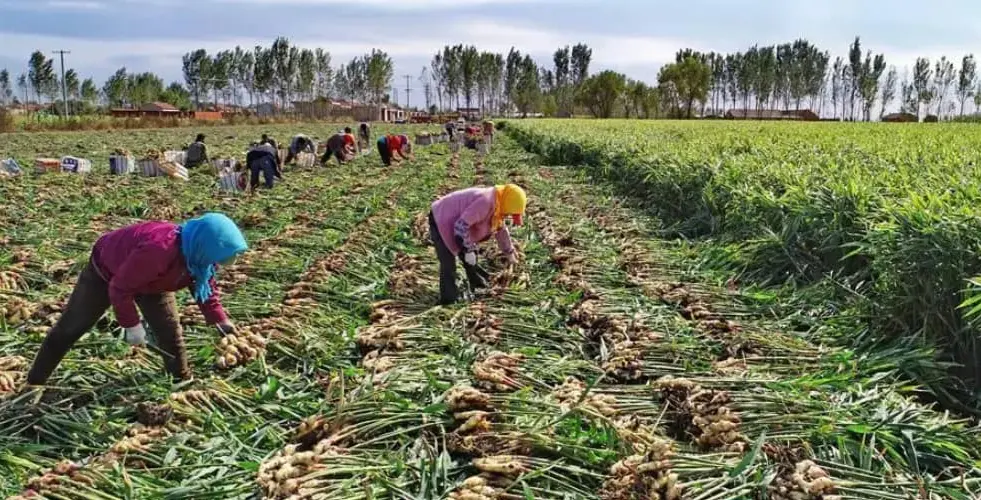Agricultural communities in Nigeria’s northern Jigawa State face mounting uncertainty as rising fertilizer prices and steep losses from recent crop failures threaten to derail the upcoming wet farming season. Rice growers in the region, interviewed by Media Talk Africa, voiced fears that escalating costs and insufficient recovery from poor dry-season harvests could force many to abandon cultivation entirely—a crisis they say demands urgent government intervention.
Malam Musa, a local farmer, highlighted the sharp inflation plaguing essential supplies. Fertilizer previously priced at ₦40,000 (Naira) now sells for ₦60,000, while another variety has jumped from ₦35,000 to over ₦45,000. “Without support, most of us can’t return to our fields this rainy season,” he said, appealing to Jigawa Governor Umar Namadi for subsidized agricultural inputs. The stakes are high in a state where farming forms the backbone of rural livelihoods and Nigeria’s broader food security efforts.
Multiple farmers emphasized that consecutive financial setbacks—including failed dry-season yields due to factors left unspecified—have drained reserves needed for reinvestment. Compounding the strain, distribution challenges risk leaving small-scale growers without access to affordable resources. To address this, communities urged authorities to revive the Fadama III program’s framework, a past initiative praised for its direct, transparent delivery of aid to grassroots farmers.
Auwalu Kaci, another cultivator, stressed the program’s effectiveness: “Only through Fadama III did inputs reach us without delays or middlemen.” The appeal underscores a broader call for systemic reforms to stabilize supply chains and insulate farmers from volatile market shifts. With planting timelines tightening, advocates warn that delayed action could amplify food scarcity risks in a region already vulnerable to climate and economic pressures.
As Jigawa’s agricultural season approaches, the situation spotlights the fragile balance between subsistence farming and macroeconomic instability—a challenge echoing across West Africa’s Sahel, where fluctuating input costs and erratic weather increasingly threaten rural resilience.
